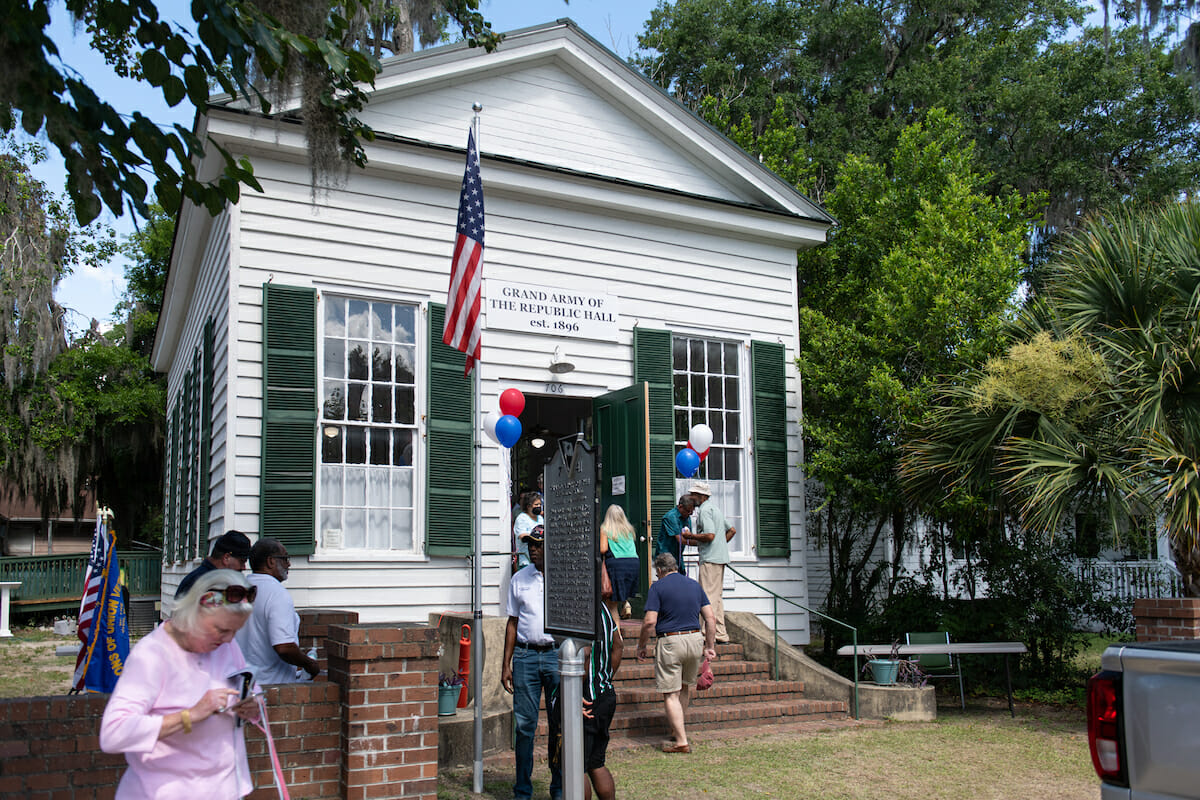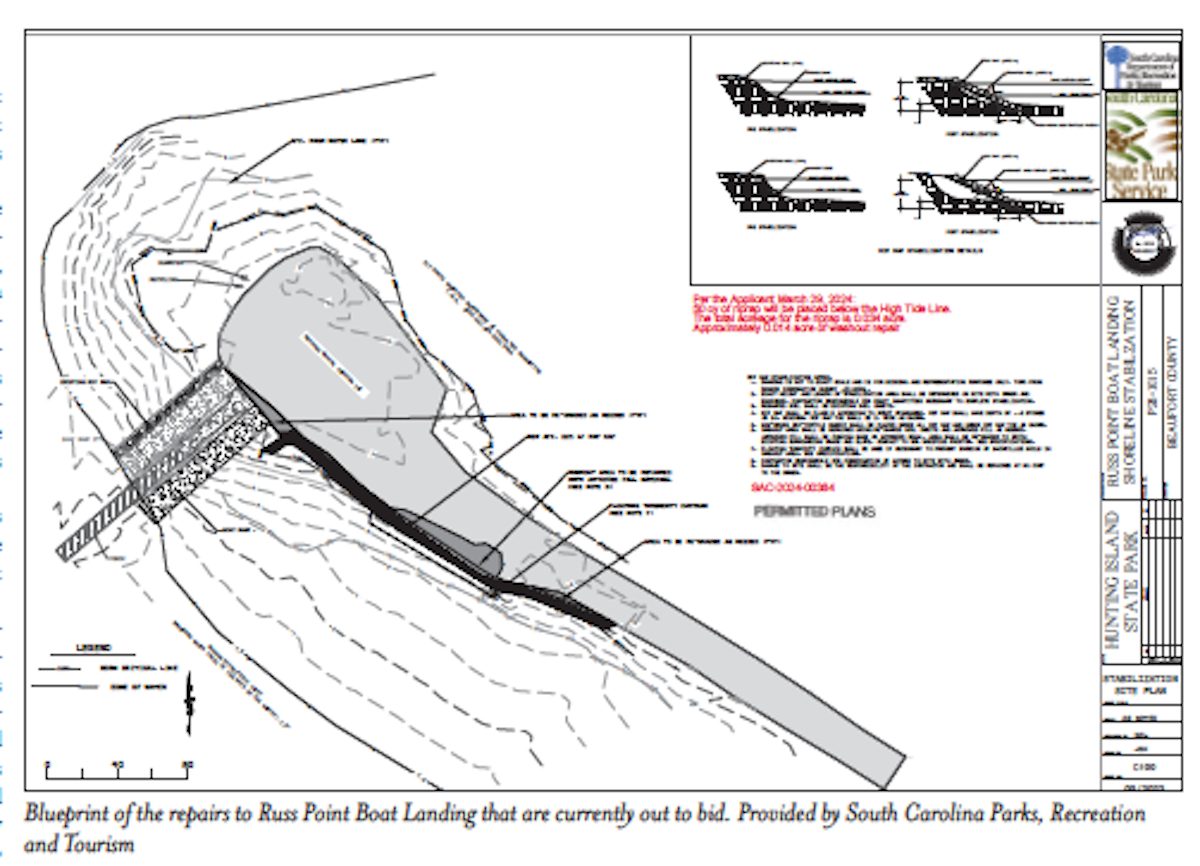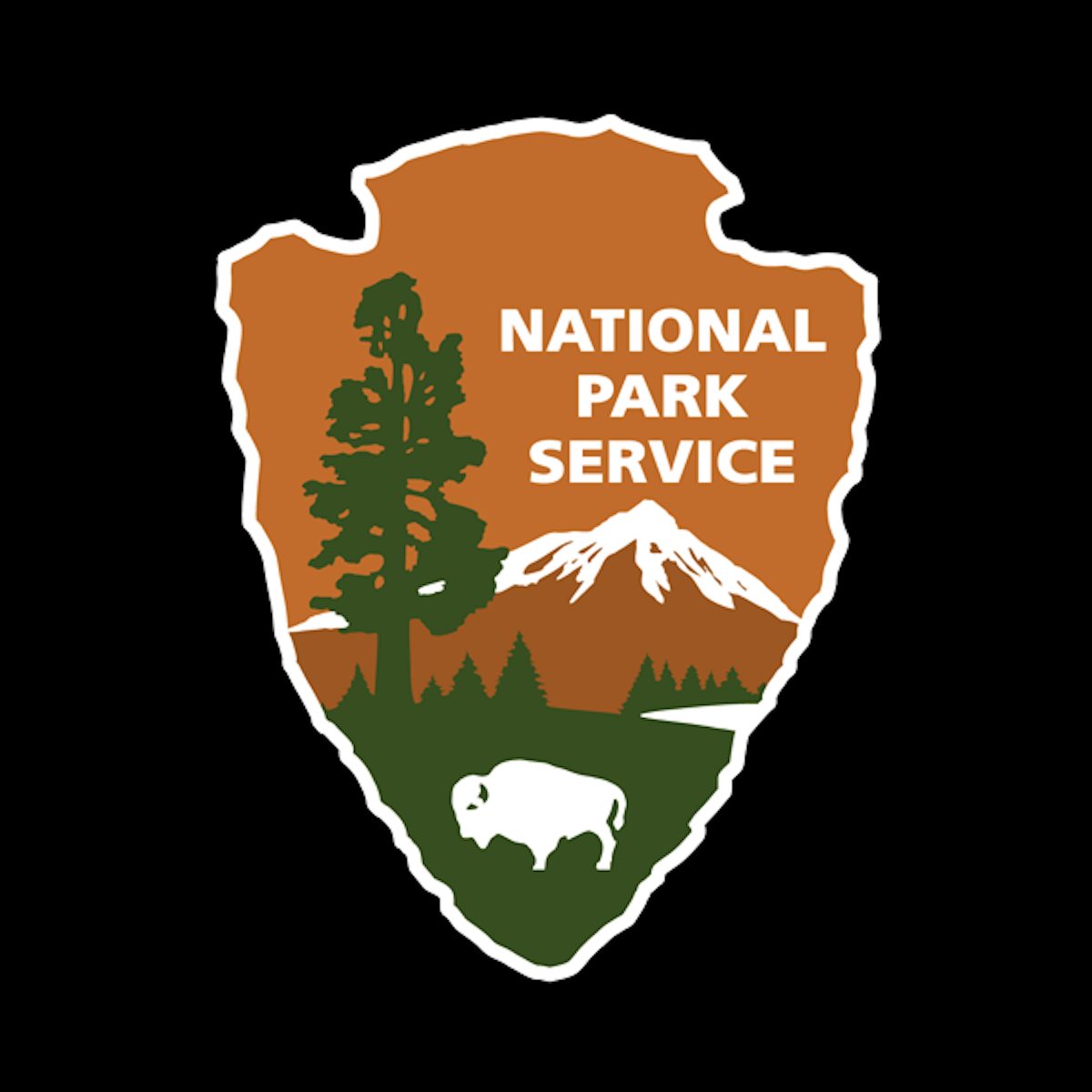From staff reports
The National Park Service (NPS) has added four new sites to the Reconstruction Era National Historic Network, including Beaufort’s Grand Army of the Republic Hall. June marked the completion of structural repairs to the building, which was built in 1896 and is located at 706 New Castle Ave.
The national network connects sites across the country which provide education, interpretation and research related to the period of Reconstruction. The Reconstruction Era (1861-1900) is one of the most fascinating and misunderstood periods in American History and includes stories of freedom, education and self-determination.
“We are excited to see the Reconstruction Era National Historic Network growing,” Reconstruction Era National Historical Park Superintendent Scott Teodorski said in a release. “These new sites, from as nearby as here in Beaufort to as far away as rural Virginia, remind all Americans that nearly every community has a Reconstruction story to tell.”

The Grand Army of the Republic (GAR) was a fraternal organization founded in 1866. It was composed of Union veterans of the Civil War. The organization was segregated and included separate chapters for Black and White veterans.
A Black GAR post was formed in Beaufort in 1888. Called David Hunter Post Number 9, this post included many veterans who were formerly enslaved on nearby Sea Island cotton plantations. Robert Smalls was counted among the members of Post Number 9 and served as the post commander for time.
As veterans of the Civil War died off, the GAR was dissolved and ownership of the Grand Army of the Republic Hall was transferred to the Sons of Union Veterans of the Civil War and the Daughters of Union Veterans of the Civil War in 1939.
Over the years, the hall has been used as a meeting place, a dance studio, a daycare center and a church.
Other sites added by the NPS include:
– The Gilmore Cabin at James Madison’s Montpelier in Orange County, Virginia, was built in the 1870s during Reconstruction by George Gilmore, a man who had been enslaved at Montpelier prior to the Civil War, but as a citizen later owned part of the property. Restored in the early 2000s, Gilmore Cabin serves to teach the public about the legacies of slavery in America including political status, land ownership, and economic production.
– The Hamburg-Carrsville African American Heritage District in North Augusta interprets the history and legacy of the Hamburg Community, which was a Freedman community established after the Civil War, and was the site of the “Hamburg Massacre,” an attack by former Confederates and Red Shirts against Black citizens during the 1876 election period.
– The Center for African American History, Arts, and Culture in Aiken, is located in the building that was home to the Immanuel School, a Reconstruction era school built in the 1880s for Black children in the Aiken community.









